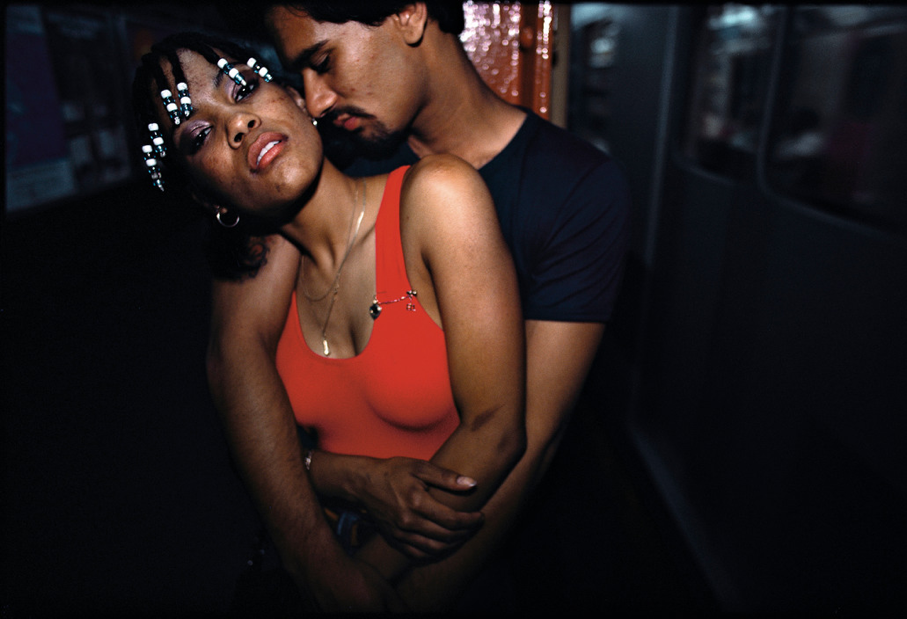What is the working title of your dissertation?
The working title of my dissertation is ‘The 1980s Body Ideal: A Case Study of Azzedine Alaïa’.
What led you to choose this subject?
I have always been interested in the relationship between clothing and the body. Unsurprisingly, I was particularly fascinated by a class we had at the beginning of this term, in which we discussed the fashionable female ‘sports body’ of the 1930s and 1940s. At that time new ideas about health and exercise had begun to emerge, which had a direct influence on attitudes towards gender, sexuality and dress. Since I am personally more interested in contemporary dress, I wanted to apply the 1930s-40s analysis of the body as presented in class to the 1980s hyper-idealized female sports body. I was curious to see what lay behind our modern-day notions about dress, gender, and sexuality that had their beginning in the 80s.
I thought that using the designer Azzedine Alaïa as a case study for my analysis of the 1980s body ideal would be fitting, not only because his clothes were instrumental in defining the decade’s feminine silhouette, but also because of how central the body was to his design philosophy.
A couple of years ago, I discovered that there had been an exhibition of Alaïa’s designs at the Galliera Borghese in Rome called ‘Azzedine Alaïa: Couture/Sculpture’. I remember being instantly amazed by the photographs of the exhibition. As a student of art history with a particular interest in Classical and Renaissance art and an affinity for fashion, I was thrilled to see that this exhibition represented an ideal amalgamation of both worlds into one. Although I had known since high school that I want to study fashion and eventually work in the industry, seeing those photographs was a confirmation that I had made the right decision in choosing to major in art history in my undergrad. It made me realise that what I was learning about aesthetic analysis could be applied to fashion. Moreover, it validated my conviction that art and dress are inextricably linked. I am therefore delighted that my dissertation has taken me full circle and has given me the opportunity to research this exhibition, which is now the subject of my first chapter!

Favourite book/article you’ve read for your dissertation so far and why?
My favourite book is a book that our tutor, Rebecca, let me borrow. L’Esprit Vionnet, by Jéromine Sauvignon, is about the early twentieth century couturier Madeleine Vionnet and the designers she influenced, including Alaïa himself. I love the parallels Sauvignon draws between Vionnet and Alaïa. She forges fascinating links between their design techniques and the ways in which they both conceptualised the body of the modern woman of their respective times.

Favourite image/object in your dissertation and why?
My favourite image that I analyse in my dissertation is from the ‘Couture/Sculpture’ exhibition. Seeing a timeless Alaïa gown next to a timeless work of art like Bernini’s Apollo and Daphne is quite ethereal. I was also fortunate to have the opportunity to travel to Paris briefly to see the current exhibition ‘Azzedine Alaïa Collector. Adrian and Alaïa. The art of tailoring’ at the Association Azzedine Alaïa. Suits by Adrian, the Hollywood costume designer turned couturier, were displayed alongside suits by Alaïa. Alaïa was an admirer and avid collector of Adrian’s work. It was a wonderful experience to be able to look at physical garments after having spent so much time reading and writing.

Favourite place to work?
I do not really have one particular place I like to work. I am definitely someone who likes to change it up. I can stay in the same environment for a couple of days, but then I need to relocate and find somewhere new to write and glean inspiration. It keeps things fresh. I will switch between coffee shops and various libraries around London. I do prefer the library though; I feel that I accomplish the most in a quiet space.
















